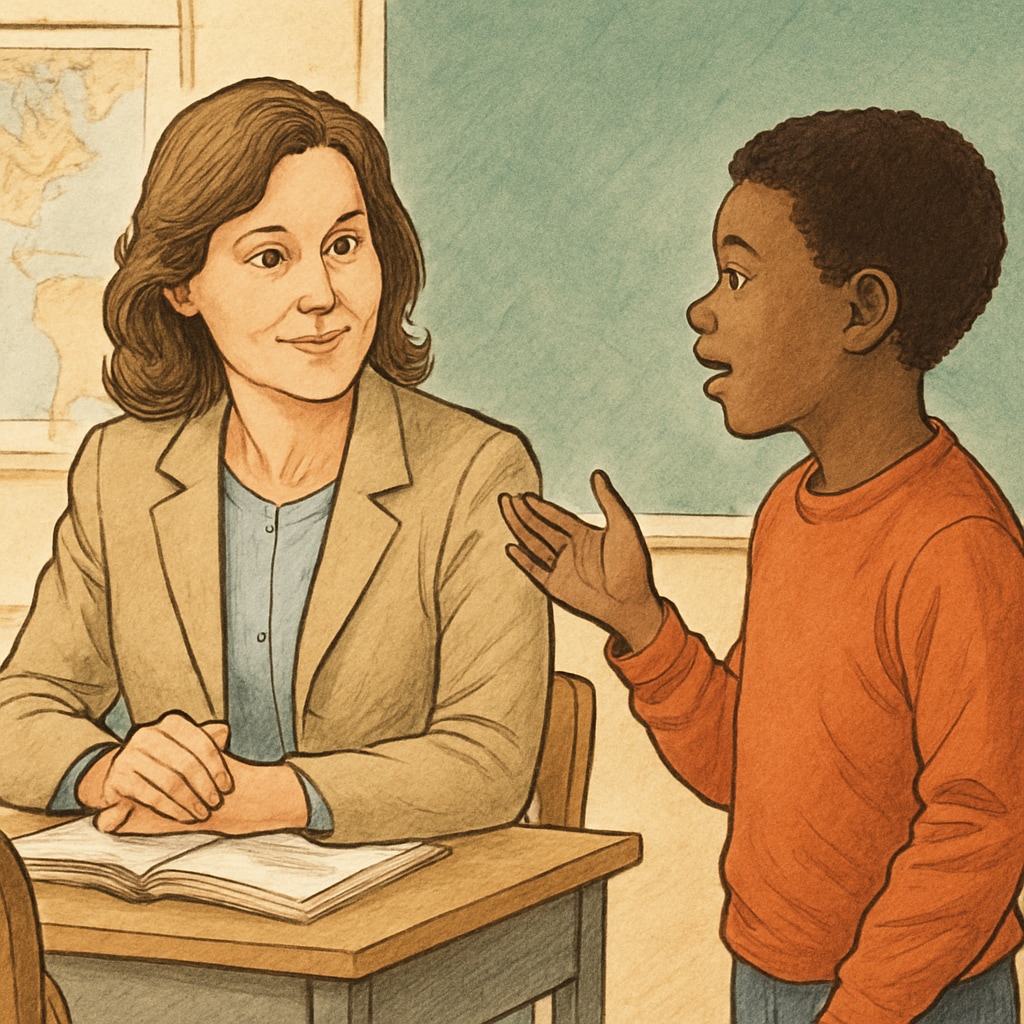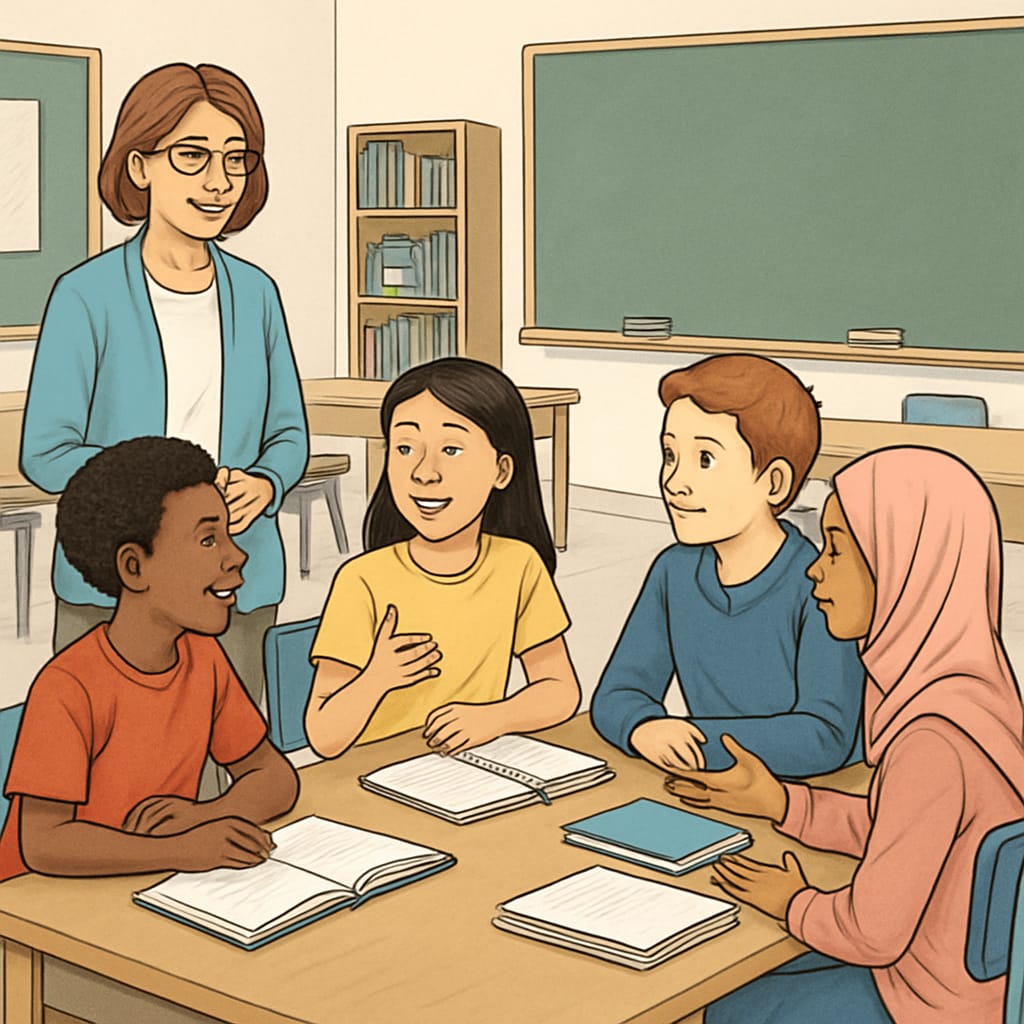The simple act of listening can spark profound change, as one student’s story of gratitude toward their teacher illustrates. In K12 education, acknowledging and respecting student perspectives not only nurtures growth but also creates memories that transcend the classroom. This article delves into the transformative power of teacher-student dialogue, showing how a moment of genuine connection can leave a lasting mark on both lives.
The Transformative Effect of Genuine Listening
Imagine a student who feels invisible, their ideas often dismissed or overlooked. For many young people, this is a common experience. However, when a teacher takes the time to genuinely ask for a student’s opinion and listens without judgment, something remarkable happens. The student feels valued, seen, and empowered.
One particular story highlights this impact: A high school teacher noticed a quiet student who seemed disengaged. During a group discussion, the teacher paused and asked this student for their thoughts on the topic. At first hesitant, the student shared a unique perspective that reshaped the entire discussion. Later, the student expressed their gratitude, sharing how that moment of being heard changed their outlook on school and their own potential.

Why Valuing Student Perspectives Matters
In education, it’s easy to focus solely on curriculum and standardized tests, often forgetting the human element of learning. Students are not just vessels for knowledge; they are individuals with unique experiences, ideas, and voices. When teachers actively listen and engage with students, they affirm their worth and foster a sense of belonging.
Research from educational psychology supports this. According to studies, students who feel their opinions are valued are more likely to engage in class, perform better academically, and develop self-confidence. For example, a 2020 study published in the Edutopia Journal found that classrooms emphasizing open dialogue improved both academic outcomes and student-teacher relationships.
Furthermore, this dynamic benefits teachers as well. By understanding their students’ perspectives, educators gain insights that can inform their teaching methods and create a more inclusive learning environment.
Turning Moments into Lifelong Lessons
For both teachers and students, moments of genuine connection often become cherished memories. Teachers who practice active listening often report feeling a deeper sense of purpose in their work, while students carry the confidence gained from being heard into adulthood.
To cultivate these transformative moments, schools and educators can adopt simple practices:
- Encourage open dialogue: Dedicate time in lessons for students to share their thoughts and opinions without fear of judgment.
- Ask thoughtful questions: Show genuine curiosity about students’ ideas by asking open-ended questions.
- Practice active listening: Avoid interrupting and acknowledge what students say through follow-up comments or questions.
- Create a safe space: Foster an environment where every student feels comfortable expressing themselves.
As a result, teachers can create a classroom culture where every voice matters—a principle that aligns with the philosophy of inclusive education as outlined by organizations like UNESCO.

Conclusion: A Legacy of Gratitude and Growth
In the end, the impact of a teacher’s genuine listening goes far beyond the classroom. For students, it can be a turning point that builds confidence and fosters lifelong learning. For teachers, it’s a reminder of the incredible influence they wield in shaping young lives. These moments of mutual respect and understanding create not only educational success but also a legacy of gratitude and growth.
So, let us remember the power of listening. By valuing student perspectives, we not only enrich the learning experience but also contribute to the personal development of the next generation. And perhaps, years later, a heartfelt “thank you” from a former student will remind us of the profound difference we’ve made.


